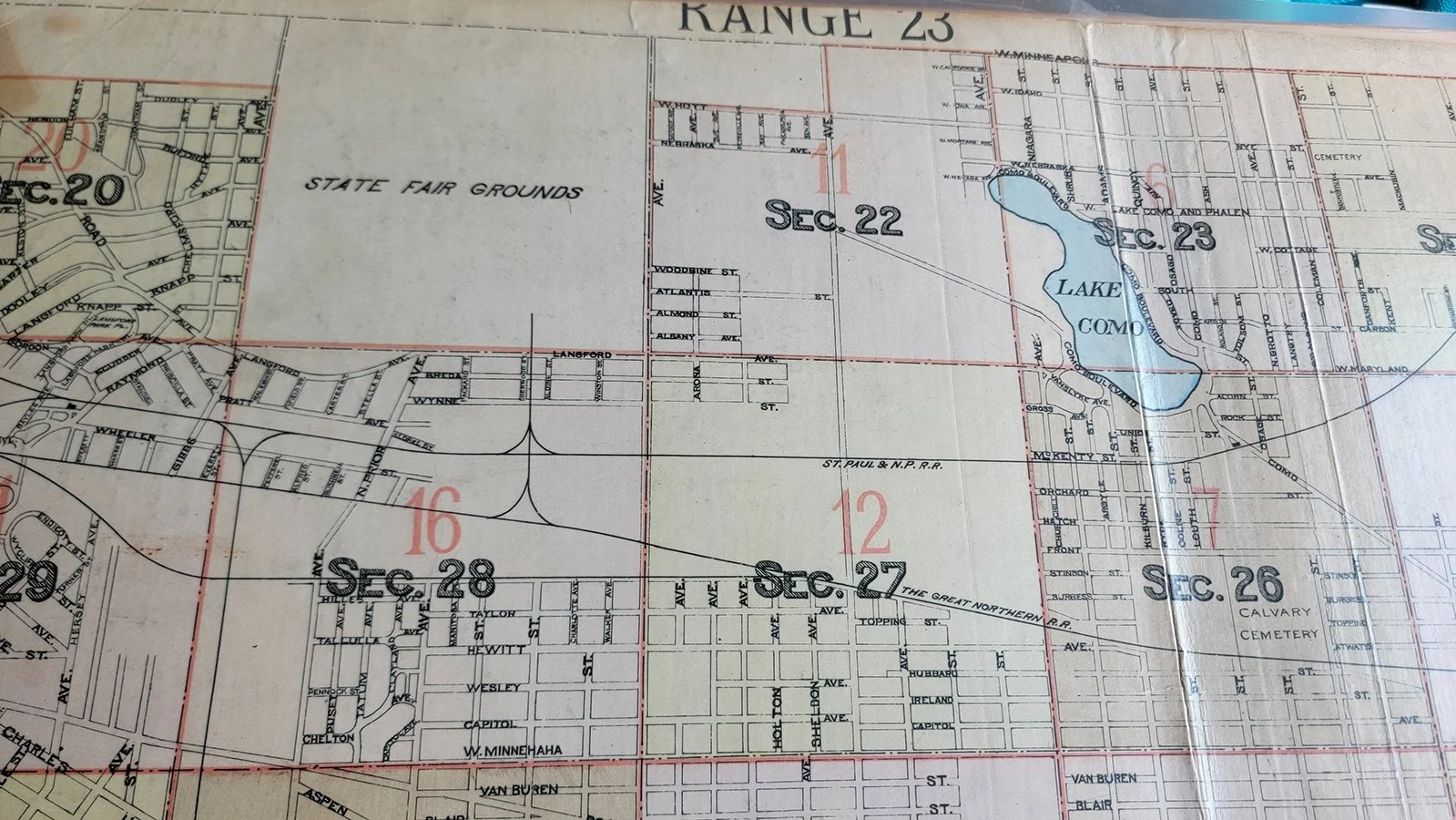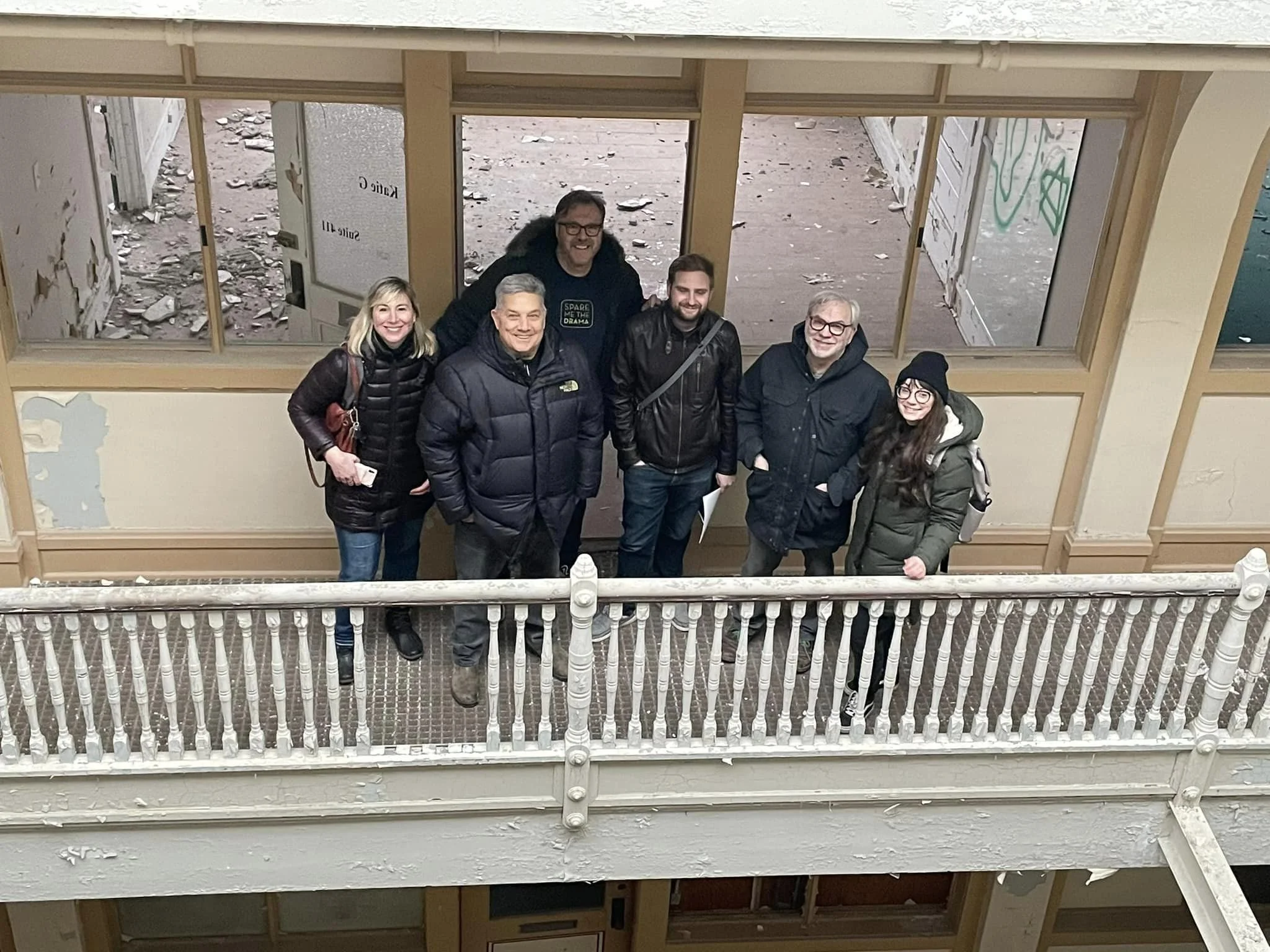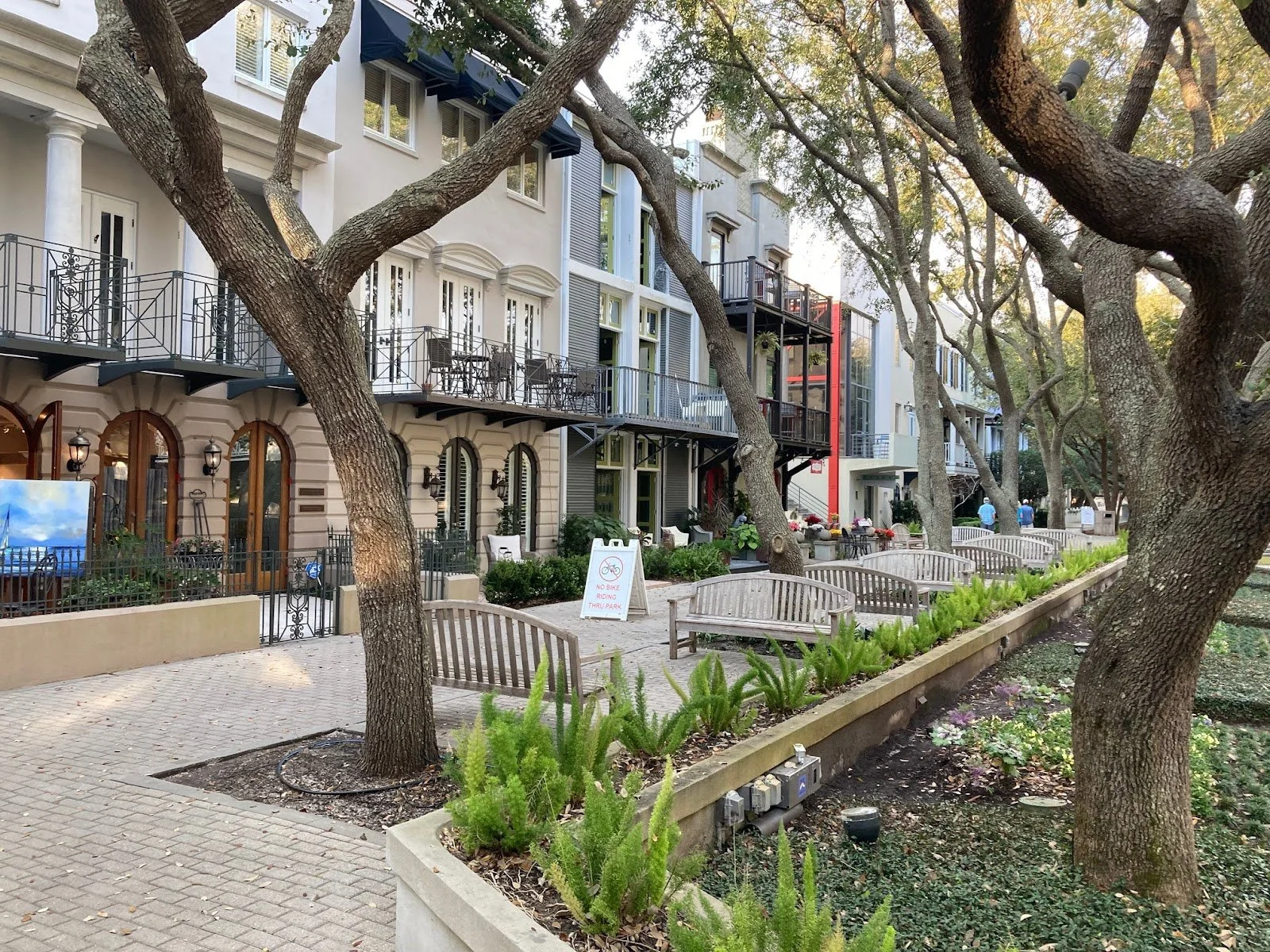Is your city leaping before it hops?
Read MoreThis series of studies of 19th-century development in St. Paul, MN, can help us understand some of the earliest traces of what would later become the suburban development pattern.
Read MoreWhat if, rather than having to move because of life changes, your house itself could change? We present to you THE architectural solution to this common problem: The Incredible Expanding and Shrinking House.
Read MoreA troubled project in Mission, KS, speaks to the problems with large, single-developer projects—but also why fixating on the "bad developer" narrative isn't necessarily helpful.
Read MoreIf it takes a village to raise a child, then it takes a whole community to build a building. The small-scale developers of South Bend, IN, are showing how to do just that—and do it successfully in the long term.
Read MoreOver the course of a Sunday afternoon, this Strong Towns member created a simple and achievable plan to transform a local street—all on a small budget!
Read MoreA recent CNBC documentary features Strong Towns insights from Charles Marohn about why suburban development is so risky.
Read MoreThe American Enterprise Institute has released some impressive—and free—data tools for understanding housing markets and development potential. And as a bonus, attend their upcoming talks if you’re in California!
Read MoreIf you value the end state of a walkable, diverse, dynamic place with a lot of local character, then you must also value the process that gets you there.
Read MoreDesign affects us in a multitude of ways, and when we look to nature as inspiration for designing the built environment, the core takeaways are: adaptation and incrementalism.
Read MoreLast week, the city council of Spokane, WA, voted on a truly “bold, transformational package” that will allow for more forms of missing-middle housing and infill development in the city.
Read MoreStrong Towns founding member Seth Zeren stopped by the Mass Construction podcast recently for a conversation on incremental development, New Urbanism, and the Strong Towns movement.
Read MoreSmall-scale, incremental development works in the suburbs too, if we let it.
Read MoreThe problems with "community input" are many and obvious. One misguided response is to favor more top-down policy making, simply overriding the objections of local "NIMBYs." But there is a third way.
Read MoreThese pop-up shops in Berwyn, IL, are a great example of how communities can provide low-cost, low-risk spaces for local business owners to get their foot in the door.
Read MoreFor too long, our housing policy has put investor returns and macroeconomic goals over the universal human need for shelter. The Strong Towns approach to incremental housing is a badly needed corrective.
Read MoreIncrementalism is not an end in itself. Nor is it about a “small-is-beautiful” aesthetic for its own sake. Instead, it’s a practical pathway toward resilient, financially sound places.
Read MoreWhat does and doesn’t work about the “great-granddaddy” of New Urbanism?
Read MoreThis catalog is a primer on house hacking, with plenty of real-life examples of how it is done.
Read MoreLet's talk about some core Strong Towns concepts: complexity, incrementalism, fragility, and more!
Read More



















